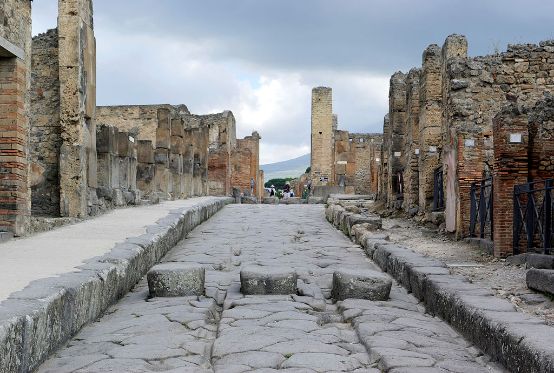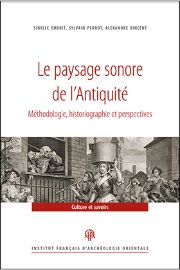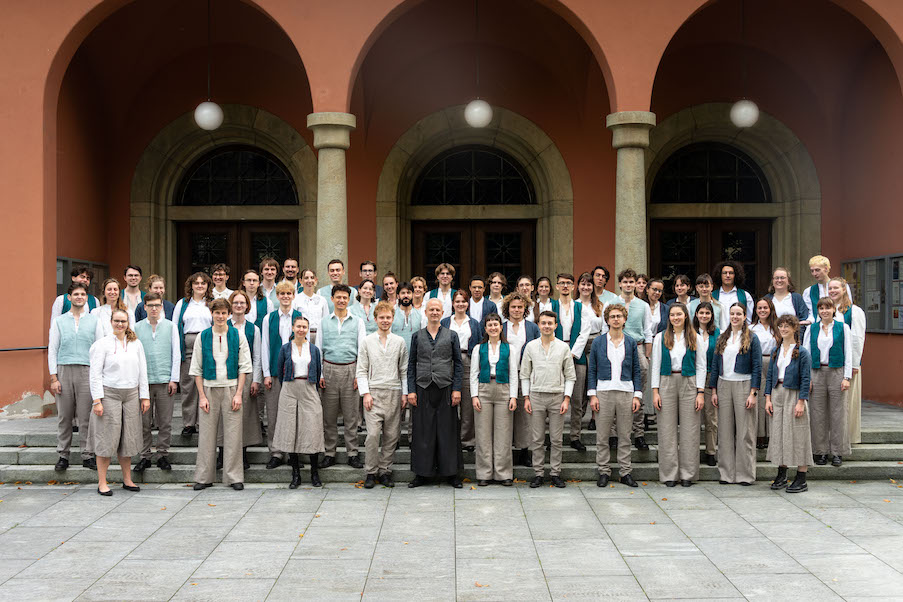Sound spaces and antiquity
A publication by the French Institute of Oriental Archaeology reports on a 2013 round table devoted to the soundscape, particularly in antiquity.

In less than half a century, the notion of soundscape conceptualized by Canadian composer R. Murray Schafer, which he defined as "everything that can be heard in a given place", has spread to many fields, from urban planning to literary studies, from musicology to anthropology. Indeed, starting with the aspirations of its inventor (to clean up the sound ecosystem through aural education; to design quieter cities), the field of study of the "soundscape" has rapidly expanded and metamorphosed, to such an extent that an inventory of the situation is welcome. The first part of this book examines this notion through sociological, ethnomusicological, philological and historical approaches. This is an opportunity to recall the contextual importance of the sound and acoustic environment in ethnomusicological research - but also the debates that have arisen within this discipline - or the fact that the sound environment enables us to better apprehend certain present and past recordings, but also to understand peoples and civilizations whose "sound traces" have been lost or transcribed by indirect testimonies (texts, images or remains). Researchers have examined the cultural and symbolic nature of sounds, and the spaces and places where they are performed. They have also explored the way in which listening shapes our perception of a place and its inhabitants, as well as the context in which sound is emitted and received, or its socio-cultural value, which influences the perception given by the senses (and, for example, determines what is considered a noise nuisance).
The second part of the book offers insights into the little-explored study of ancient soundscapes. The cultural dimension of sound and auditory perception is examined in the context of four civilizations (Egyptian, Mesopotamian, Greek and Roman). The study of texts, artifacts (including musical instruments) and building acoustics allows us to imagine a whole world of sound. The semantic evolution of vocabulary related to sound and music, the fundamental importance of listening in Egyptian society (even in cosmogony, funerary practices and the afterlife), lexicography, the voices of the gods or the songs of animals, and many other fields, offer an additional dimension to our all-too-often silent vision of the past.
Sibylle Emerit, Sylvain Perrot, Alexandre Vincent: Le paysage sonore de l'Antiquité, Méthodologie, historiographie et perspectives, 288 p., € 25.00, Institut français d'archéologie orientale, Cairo 2015, ISBN 9782724706741









